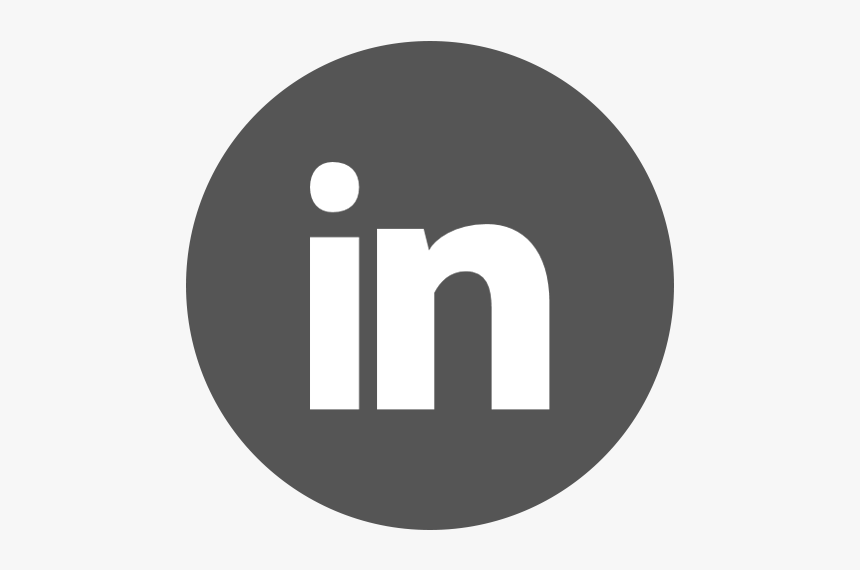LinkedIn has evolved far beyond a simple networking platform. It’s a powerful tool for professionals to connect, collaborate, and share insights in their respective fields. With its array of features, one aspect that stands out is the use of status indicators. These little symbols can convey significant information about a user’s availability, networking intent, and overall engagement. Among these indicators, the green circle has garnered particular attention. Let's dive into what these status indicators are and how they can benefit your LinkedIn experience.
What the Green Circle Represents

The green circle on LinkedIn is a visual status indicator that denotes a user's availability. But what does it really mean? Here are some essential points to understand:
- Active Status: When you see a green circle next to someone’s profile picture, it indicates that the person is currently active on LinkedIn. They might be browsing profiles, checking messages, or engaging with content.
- Real-Time Engagement: This feature is particularly useful for those looking to connect or network. If you're attempting to reach out to someone for advice or collaboration, knowing they’re active can significantly boost the chances of a prompt response.
- Connection Opportunities: The green circle can also be viewed as an opportunity. Users often appreciate real-time conversations, making it easier to make connections or seek advice from peers when they see that someone is available.
However, it’s essential to remember that just because someone has a green circle doesn't mean they're open to messages or connections. Individuals might be active but still focused on their tasks.
In summary, the green circle acts as a helpful indicator of engagement potential, guiding users on when to reach out and making networking more dynamic on LinkedIn.
How LinkedIn's Status Indicators Work

LinkedIn has evolved into a powerful tool for professionals worldwide, and a significant part of that functionality includes its status indicators. These indicators are visual cues that provide context about a user's current activity and availability. Understanding how they work can enhance your networking experience on the platform.
Here's a quick breakdown of LinkedIn's status indicators:
- Green Circle: This means the user is currently online and active on LinkedIn. When you see this status, it's the perfect opportunity to reach out or send a direct message.
- Yellow Circle: A yellow circle indicates that the user is currently away from their device. They may still receive notifications but aren't actively engaging with LinkedIn.
- Gray Circle: This signifies that the person is offline. It means they’re not available for immediate communication, which suggests you might want to hold off on messaging them for the time being.
It's important to remember that these indicators are not just for show. They can inform your actions on the platform. For example, if you see a green circle next to a connection you want to talk to, you might feel encouraged to initiate a discussion about a professional opportunity, collaboration, or even simply to catch up.
In summary, LinkedIn's status indicators are designed to enhance interaction—boasting user activity and allowing you to gauge the best times for outreach. Recognizing and leveraging these cues can improve your networking strategy and lead to more fruitful connections.
Importance of the Green Circle for Networking

The green circle on LinkedIn is more than just a simple status indicator; it's a beacon of opportunities for networking and professional growth. When you see that green dot next to someone's profile, it means they're currently active, making it an ideal moment to strike up a conversation. So why is this simple indicator so crucial?
Here are some key points on the importance of the green circle:
- Immediate Engagement: When you see a green circle, it signifies that the user is likely to respond quickly. This immediacy can lead to more dynamic exchanges of ideas or information.
- Building Relationships: Networking is all about relationships. Initiating conversations when your connections are online can foster a sense of urgency and relevance, strengthening your professional bond.
- Opportune Timing: Knowing when a connection is online allows you to time your outreach strategically. Whether it's sharing industry insights, discussing job openings, or asking for advice, acting when the person is active increases the likelihood of a constructive response.
- Exploring Collaborations: For professionals seeking opportunities to collaborate on projects, the green circle offers a perfect window to propose ideas when your potential partners are likely to engage.
In today's fast-paced professional landscape, using the green circle to gauge availability can be a game-changer. It informs how you navigate conversations and maximize the potential to build a strong, engaged network. Embracing this simple yet powerful feature can lead to fruitful interactions and lasting professional relationships!
Comparing the Green Circle with Other Status Indicators
The green circle on LinkedIn is just one of the status indicators that enhance user interaction and provide insights into someone’s availability or engagement level. To make sense of its significance, let’s compare it with other indicators you might encounter on the platform.
Here’s a quick rundown of the most common status indicators on LinkedIn:
| Status Indicator | Meaning | Color |
|---|---|---|
| Green Circle | Available for networking or job opportunities | Green |
| Yellow Circle | Currently online but busy | Yellow |
| Red Circle | Unavailable for interactions | Red |
| Gray Circle | No current status update | Gray |
The green circle is particularly important for job seekers and networkers. It effectively communicates a readiness to discuss opportunities, making it easier for connections to approach you. In contrast, the yellow circle might indicate you're active but swamped with tasks, while the red circle simply shouts, “I need some space!” The gray circle, often overlooked, shows that you haven’t set a status update, which can leave others guessing about your current availability.
In essence, each status indicator serves a unique purpose. Understanding these can not only enhance your LinkedIn experience but also improve how effectively you manage your professional visibility.
Tips for Optimizing Your LinkedIn Profile with Status Indicators
LinkedIn is more than just a digital resume; it’s a dynamic platform for networking and career growth. Utilizing status indicators effectively can give your profile an edge while fostering better connections. Here are some practical tips for optimizing your LinkedIn profile using status indicators:
- Be Clear with Your Status: Regularly update your status indicator. This tells your connections whether you’re open for opportunities or if you’re currently engaged with other commitments.
- Use the Green Circle Wisely: Activate the green circle when you’re actively looking for a job or open to networking. This transparency can attract recruiters and like-minded professionals.
- Match Your Status to Your Needs: If you’re busy, choose the yellow circle. It’s okay to let others know that you’re unavailable without shutting down communication completely.
- Engage with Regular Updates: Share content, articles, or projects regularly. A profile that’s lively and updated can complement your status indicators, making connections more meaningful.
- Consider Your Network: Pay attention to how your peers are using status indicators. This can give you insights into the norms within your industry and help you adapt your approach.
By strategically using these status indicators, you can create a LinkedIn profile that truly represents you and your professional aspirations. Remember, it’s all about making those meaningful connections and letting others know how they can engage with you effectively!
Understanding the Green Circle on LinkedIn and Its Significance
The green circle on LinkedIn is a relatively new feature that serves as a part of the platform’s status indicators. This status, also known as 'Open to Work', is designed to help users indicate their availability for job opportunities to recruiters and other connections. Understanding its significance can greatly enhance your networking and job-seeking strategies.
Here are some key aspects of the green circle and its meaning:
- Visibility: The green circle appears next to a user’s profile picture when they enable the “Open to Work” feature. This visibility can attract the attention of recruiters actively looking for candidates.
- Targeted Opportunities: Users can specify their job preferences, including roles, locations, and job types, allowing recruiters to match them with suitable opportunities based on these criteria.
- Privacy Settings: Users have the option to share their job-seeking status with only recruiters or all LinkedIn members. This flexibility allows for personal discretion and privacy.
- Enhanced Networking: By utilizing the green circle, users can expand their professional network, as connections are more likely to reach out to someone explicitly indicating their openness to new opportunities.
The significance of the green circle extends beyond just job searching; it serves as a beacon for collaboration and professional development. Understanding how to leverage this feature can lead to fruitful connections and enhance one’s marketability in a competitive job landscape.
Conclusion: Leveraging Status Indicators for Professional Growth
By utilizing the green circle on LinkedIn effectively, users can not only signal their availability for job opportunities but also strengthen their network, making it an invaluable tool for professional growth.
 admin
admin








